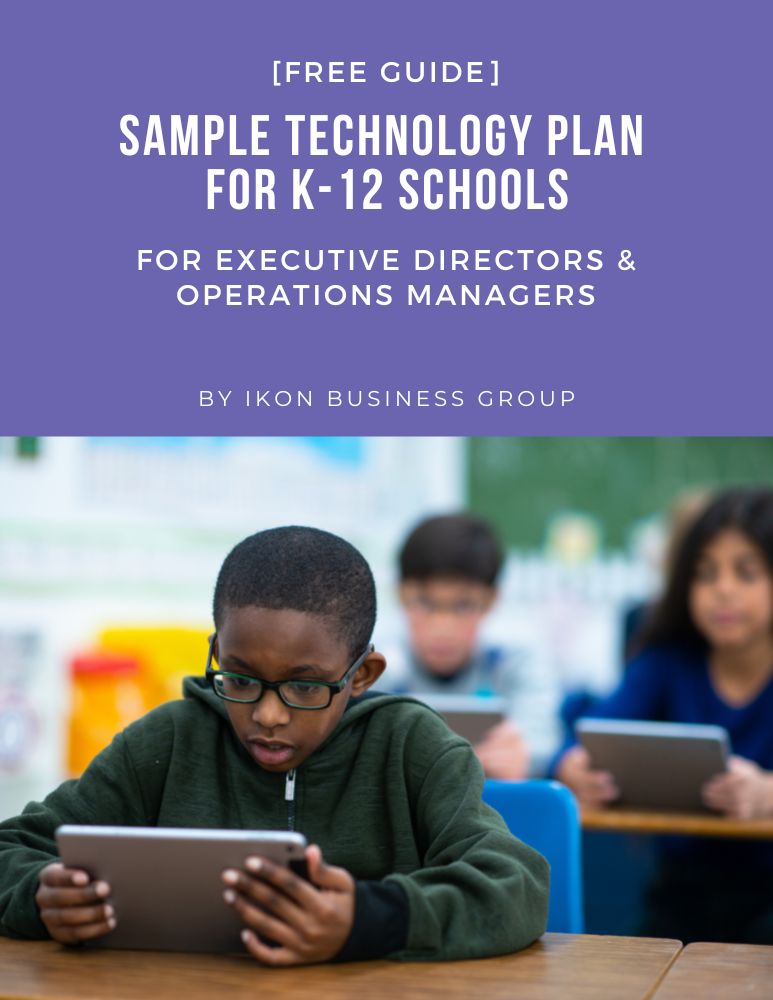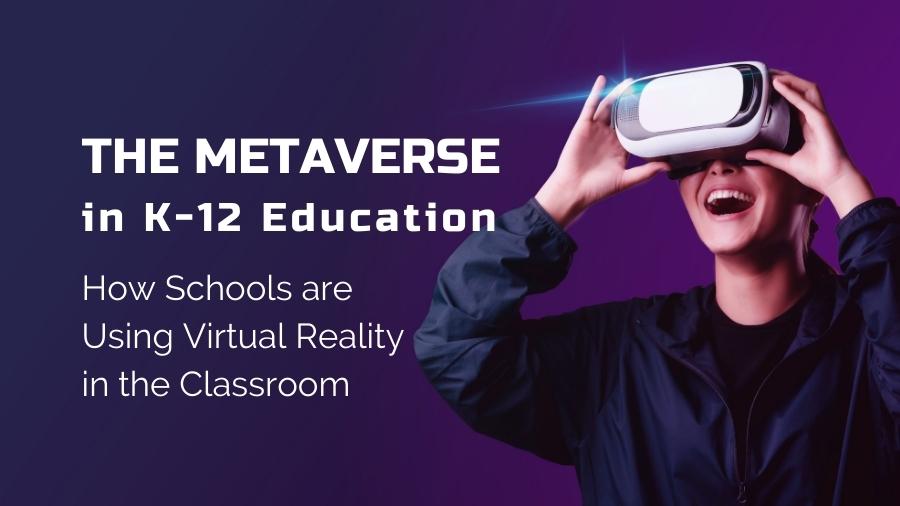The Metaverse may not be something you hear about every day, but virtual reality has already been quietly creeping into schools all over the world. The Metaverse, which was also referred to as the Holodeck in popular sci-fi series Star Trek, acts as a fully immersive environment where people can meet, share ideas, and even go on adventures together. Educators have realized that virtual reality can help students learn concepts more effectively than traditional teaching methods allow, making it ideal for the classroom.
What is the metaverse?
The metaverse is a virtual world that offers users access to an immersive, shared digital space. Users interact and communicate with each other through this environment just as they would through a physical world. The term metaverse was coined by Neal Stephenson in his 1992 novel Snow Crash.
What does VR look like in schools?
For a generation of students, the newest trend in learning isn’t so much the methods of teaching or even the classrooms themselves. It’s virtual reality. While VR headsets can cost hundreds of dollars and graphics cards can cost upwards of a thousand, schools across the country are finding ways to infuse VR into their lesson plans and let it act as a catalyst for new ways to learn.
What kind of experiences can students have in VR?
Students can have access to a variety of virtual experiences that can be used for educational purposes. Examples include space exploration, seeing the inside of a cell, experiencing various types of art, and much more. There is no limit to what students can do and what they can learn within VR!
Who uses VR in education?
VR devices such as the Oculus Rift have been a boon to educators, especially within the K-12 educational system. Studies show that virtual reality can be an excellent learning tool by allowing students to experience places and things they might not be able to experience otherwise. Students also tend to take more away from experiences than traditional methods of teaching. However, some educators worry that VR will not meet all needs of students who need other modalities like writing or discussing content with each other.
In the last few years, schools have started using VR to enhance their curricula and make lessons more interactive. Some of the newest developments in virtual reality allow students to walk through environments that they could never experience any other way. Others let students explore inside cells or flip through DNA strands. This all may sound a little complex, but it means that classrooms can do much more than just explain a concept; they can take students on adventures with hands-on experiences and build bridges across subjects like never before.
Where can I learn more about virtual reality?
Now that you know what the Metaverse is, you might be wondering how it can help your K-12 school. Here are some aerticles to help answer that question:


